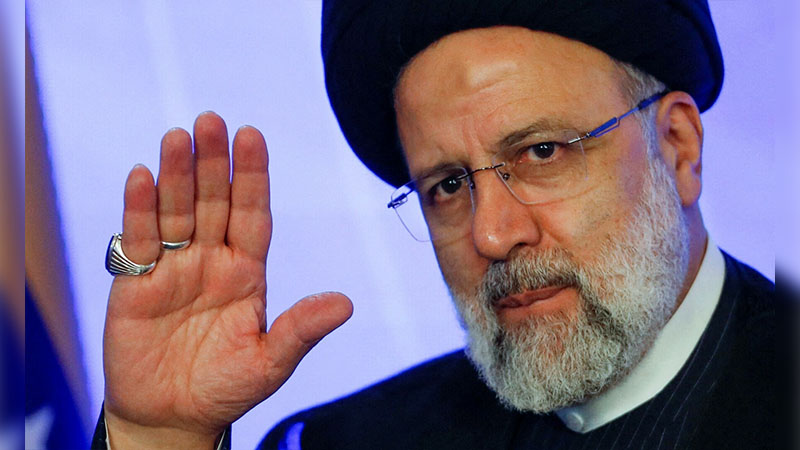In a tragic incident, Iranian President Ebrahim Raisi and Foreign Minister Hossein Amirabdollahian were killed in a helicopter crash on Sunday. The accident occurred in the mountainous region of East Azerbaijan province amidst harsh weather conditions. Search teams discovered the wreckage on Monday, confirming the deaths of all passengers on board.
A senior Iranian official, speaking anonymously due to the sensitivity of the situation, reported, “President Raisi, the foreign minister, and all the passengers in the helicopter were killed in the crash.” The news was corroborated by Iran’s Mehr news agency, which stated, “All passengers of the helicopter carrying the Iranian president and foreign minister were martyred.”
Details surrounding the cause of the crash remain unclear. Initial reports indicate the helicopter, a US-made Bell 212, collided with a mountain peak and was completely burned upon impact. State TV broadcasted images from the crash site, showing the aircraft wreckage in a remote, snow-covered area.
Rescue operations were severely hampered by blizzards and difficult terrain. The head of Iran’s Red Crescent, Pirhossein Kolivand, said, “We can see the wreckage and the situation does not look good.” He confirmed that no signs of life were detected among the passengers.
President Raisi, 63, was elected in 2021. His tenure was marked by a stringent enforcement of morality laws and a tough stance in nuclear negotiations. His leadership also saw significant crackdowns on anti-government protests. Despite his death, Iranian Supreme Leader Ayatollah Ali Khamenei reassured the public that state affairs would continue without disruption.
The global community reacted with condolences and offers of assistance. Indian Prime Minister Narendra Modi expressed his sorrow on social media, praising Raisi’s role in strengthening India-Iran relations. Several countries, including China and members of the European Union, offered support and emergency technology to aid in the aftermath of the crash.
A Turkish drone played a crucial role in identifying the crash site, providing Iranian authorities with the coordinates of the wreckage. The Iranian military, along with the elite Revolutionary Guards, mobilised all available resources for the search and rescue efforts.
The crash highlights a period of instability and dissent within Iran, exacerbated by economic challenges and international pressures regarding its nuclear programme and military alliances. Raisi, a potential successor to Khamenei, had significant influence within Iran’s political landscape, particularly among hardliners. His death may impact the country’s future direction, especially amid ongoing internal and external conflicts.
